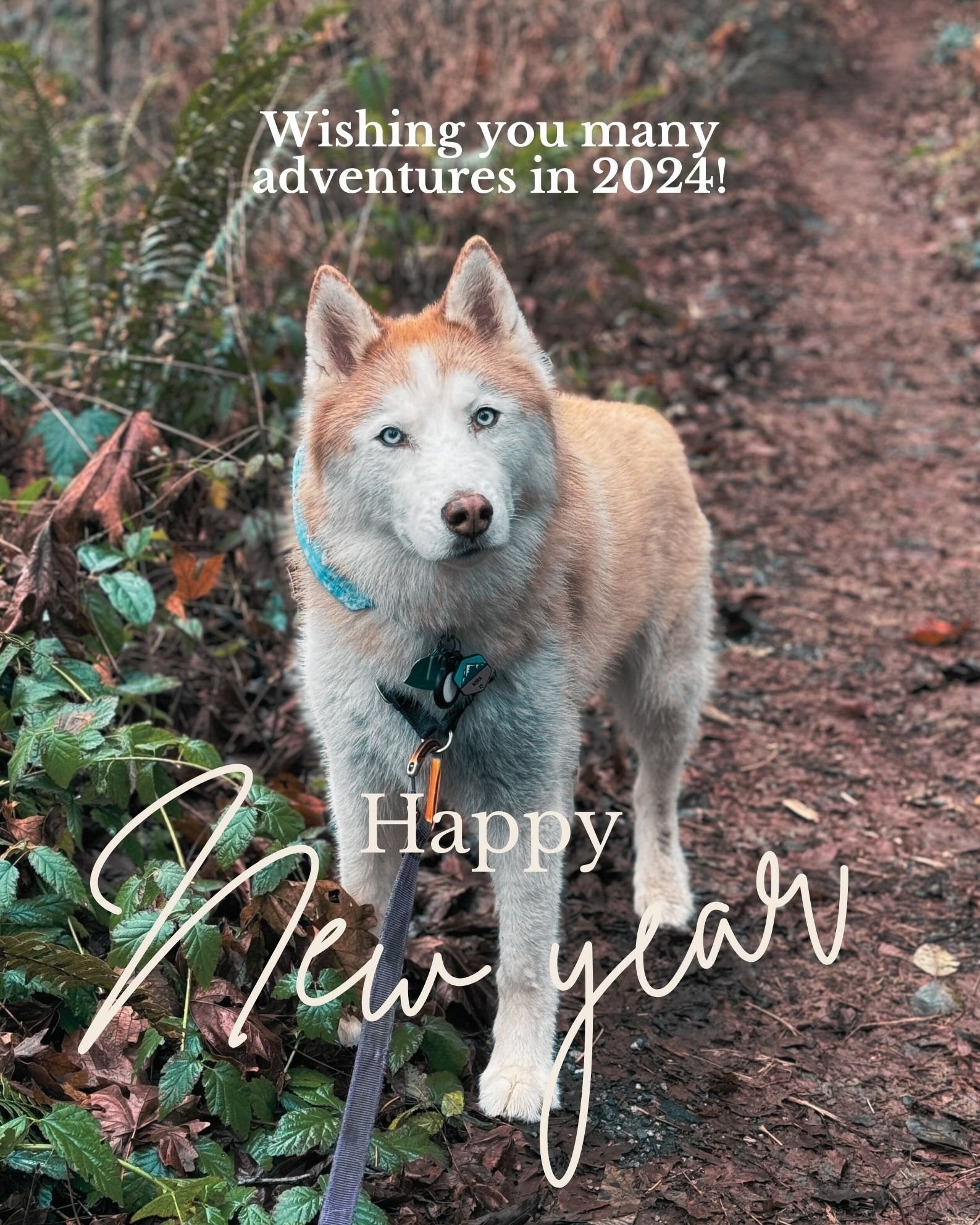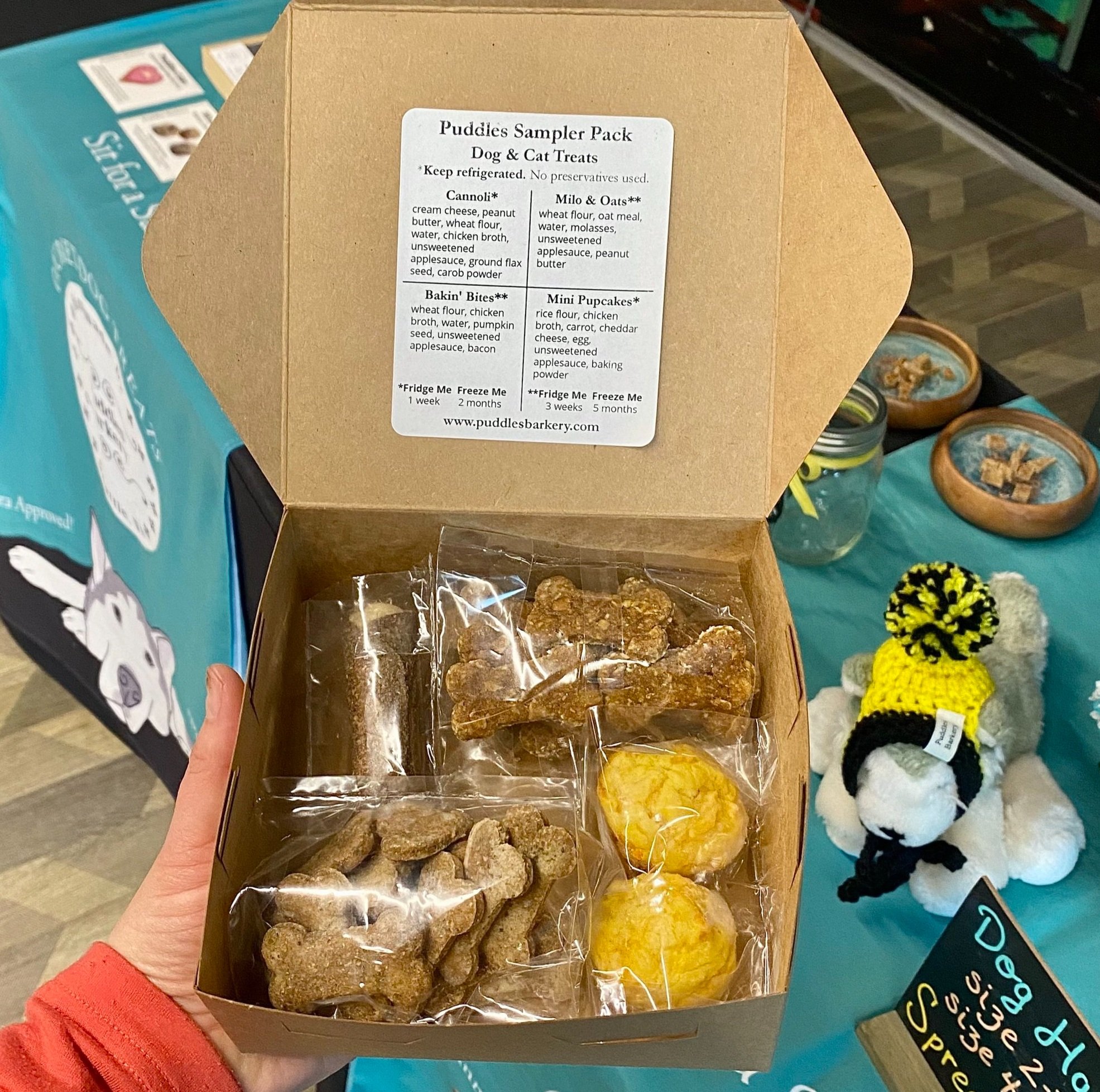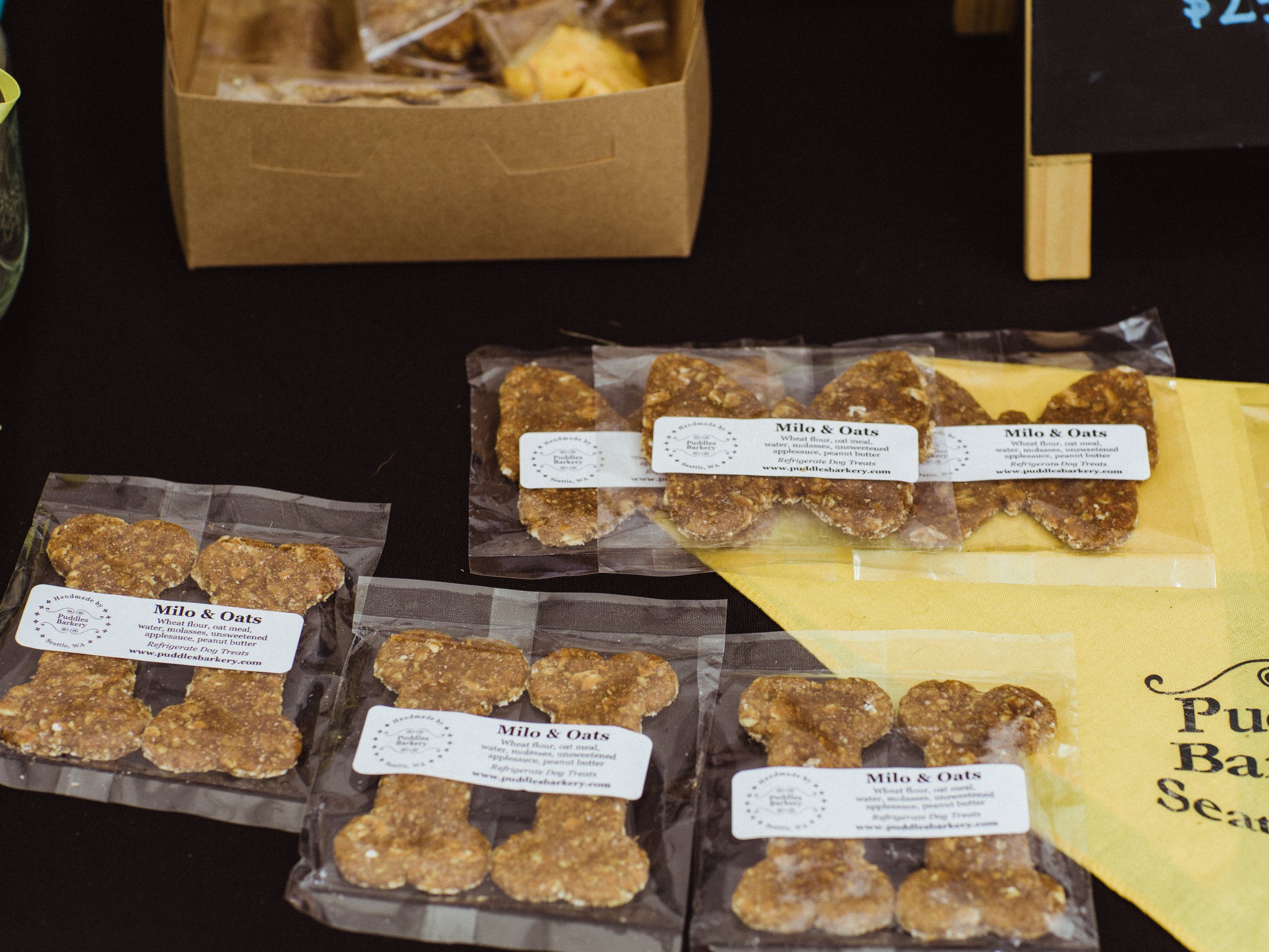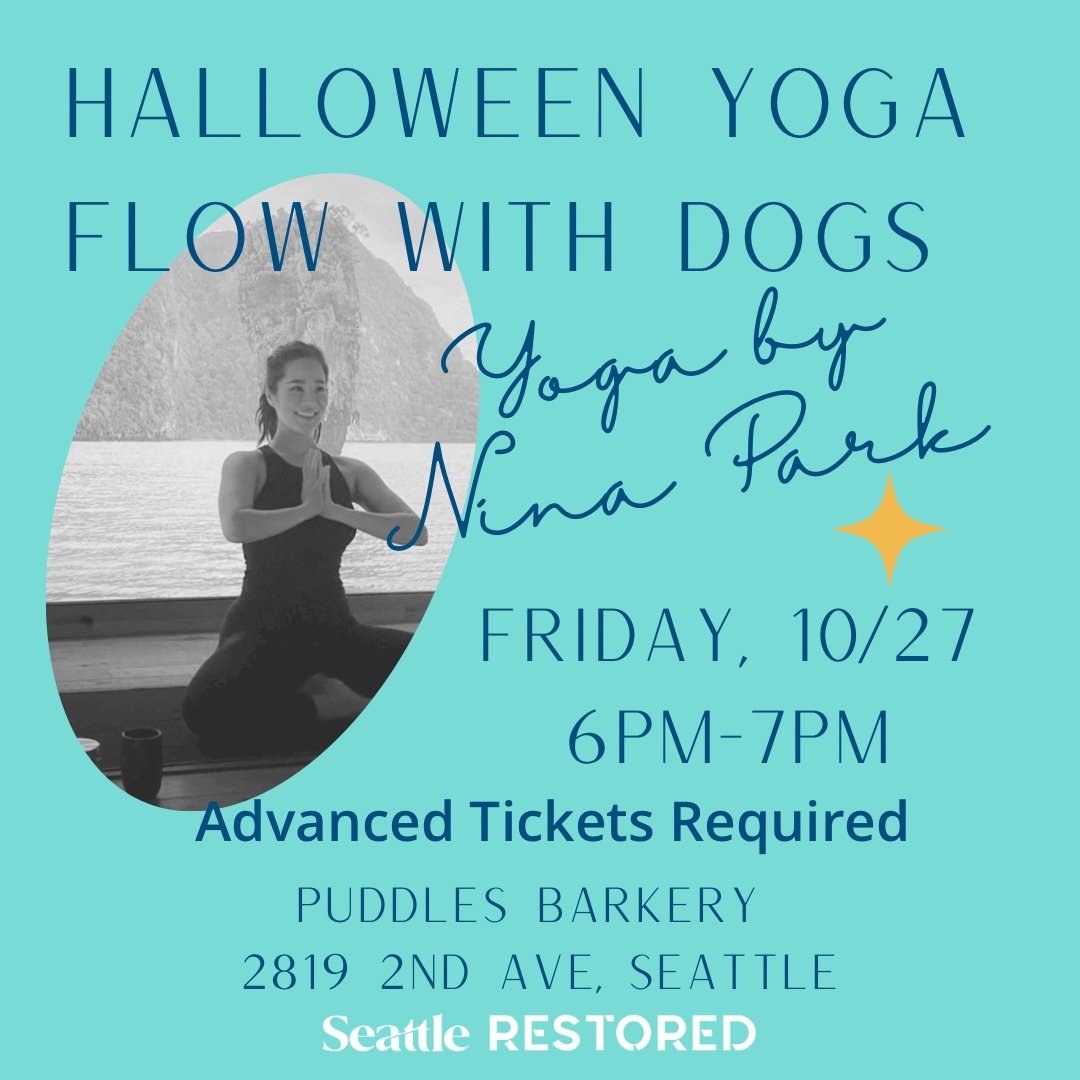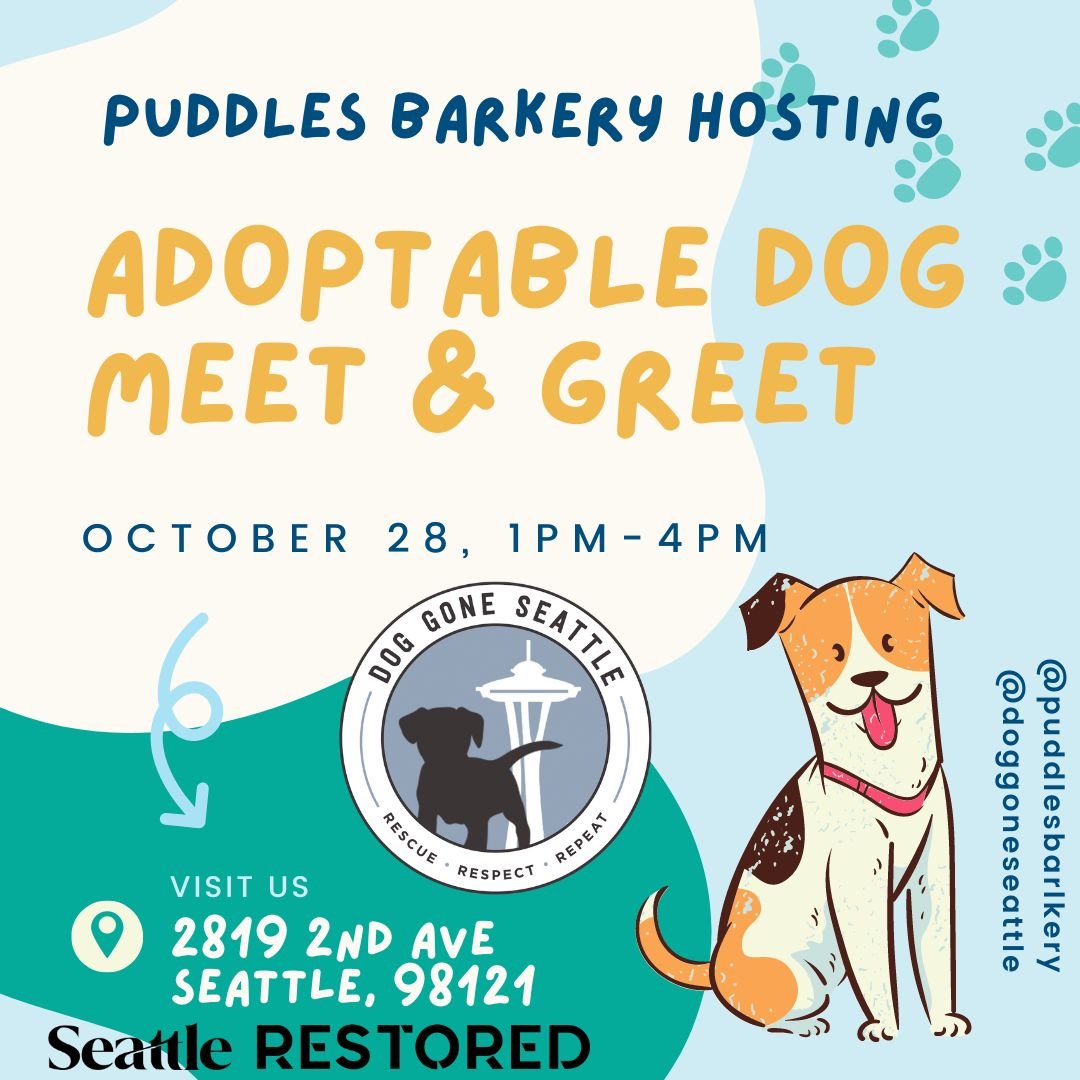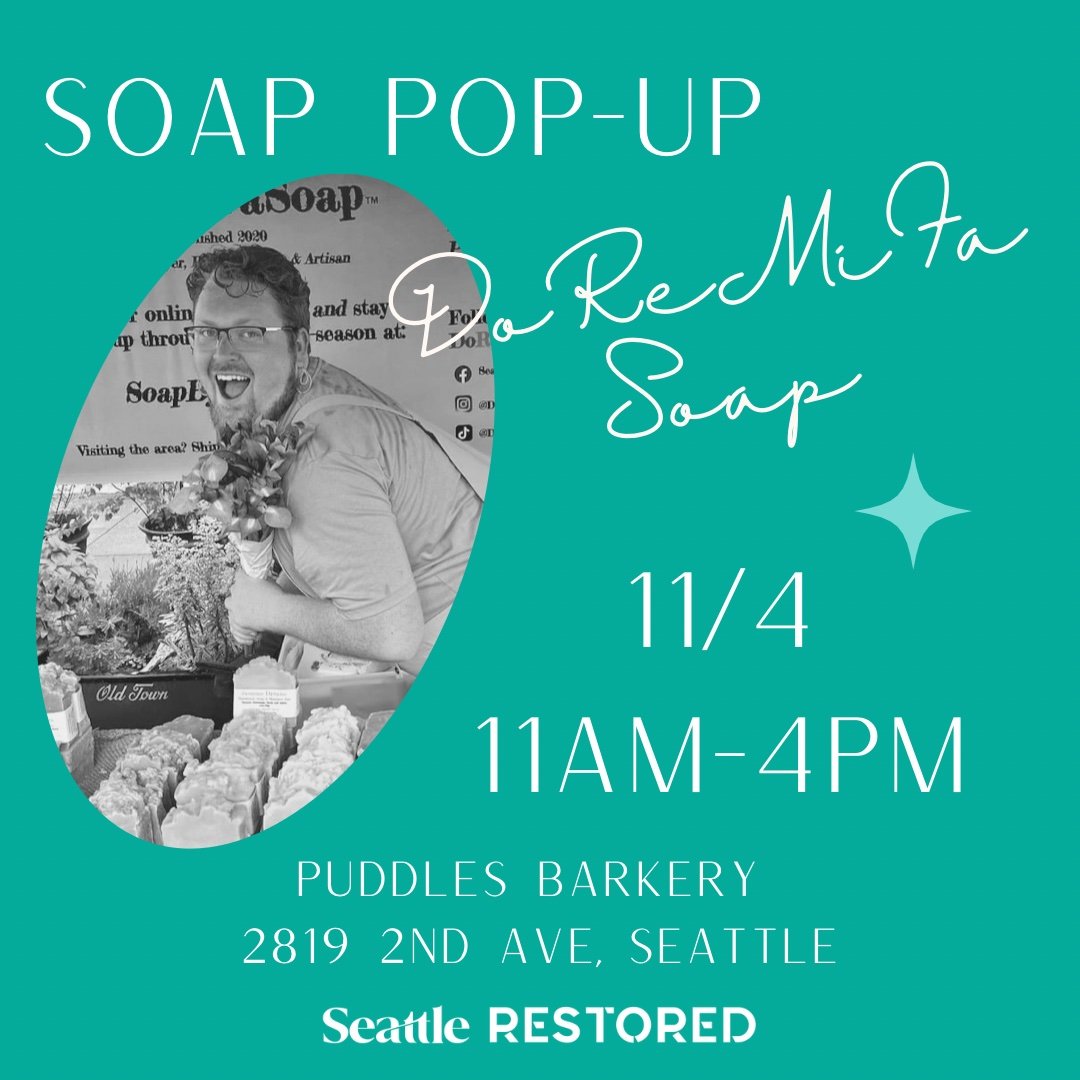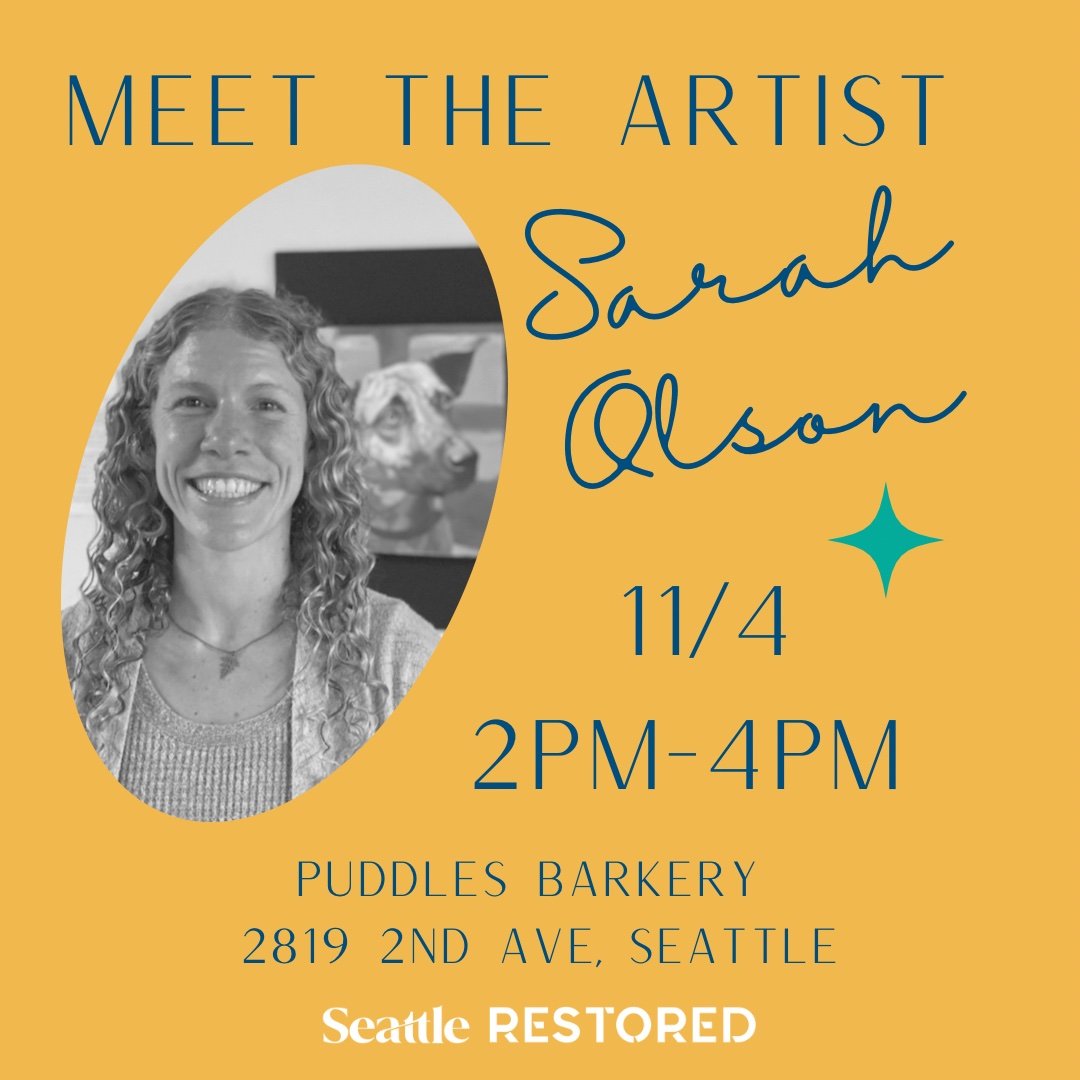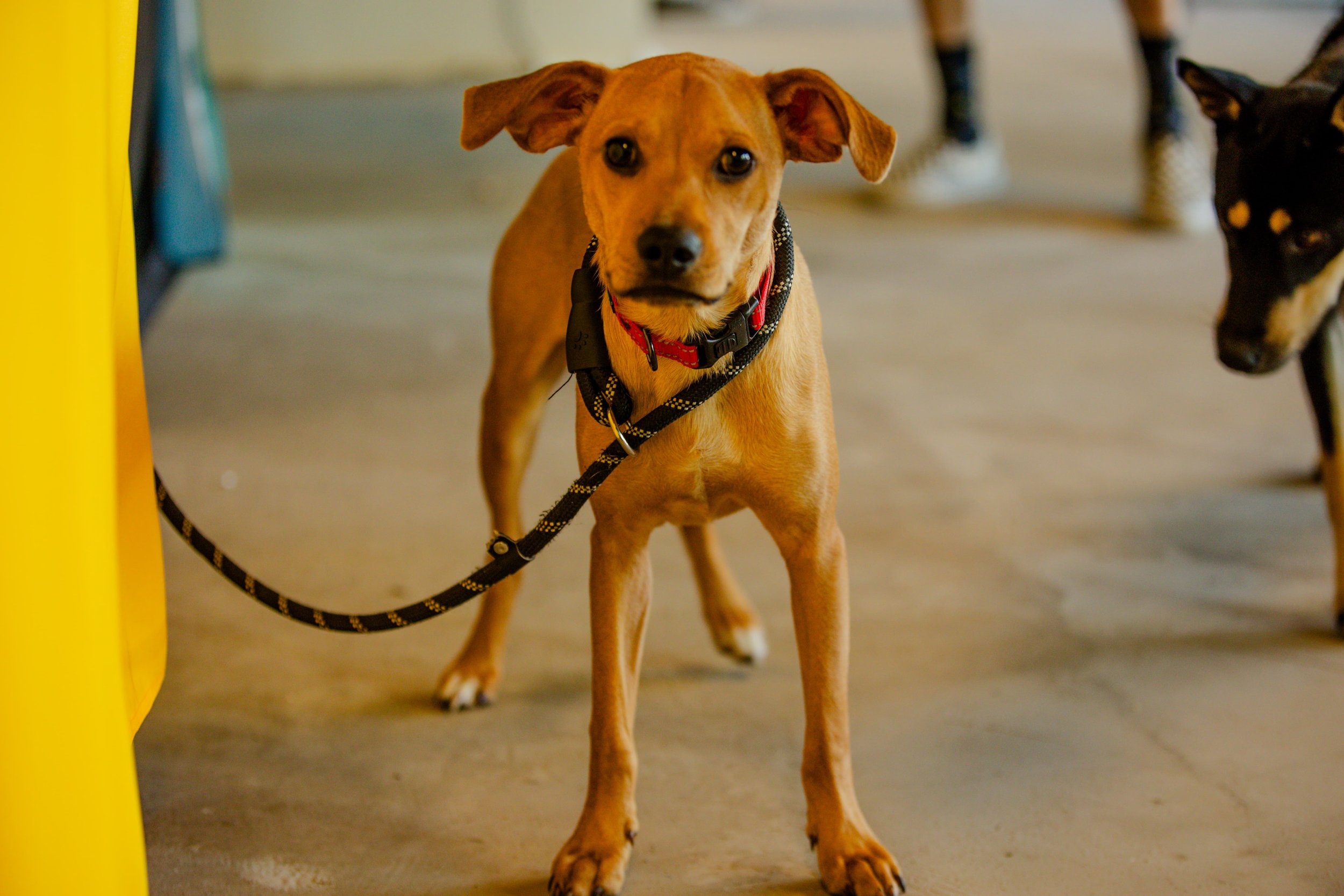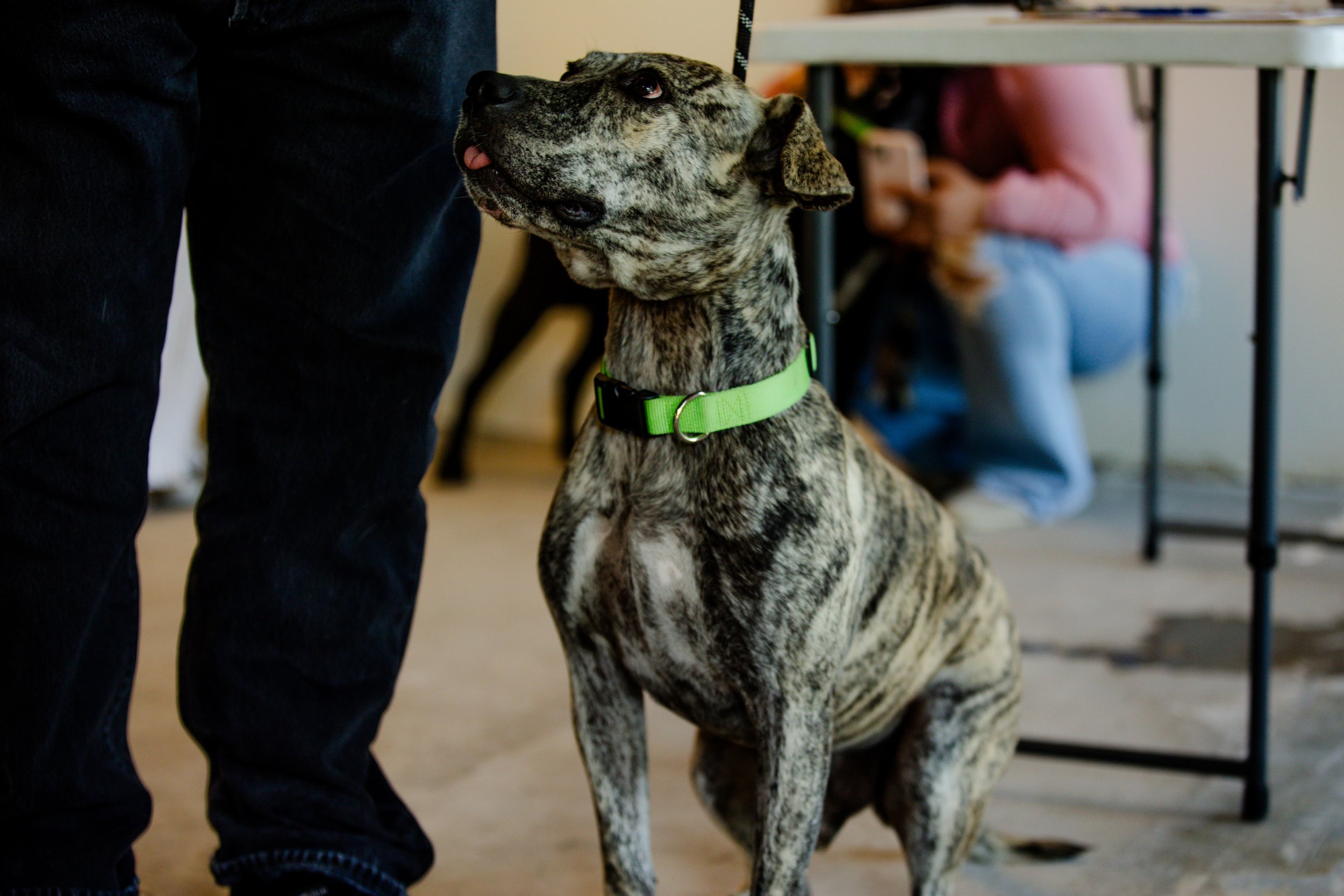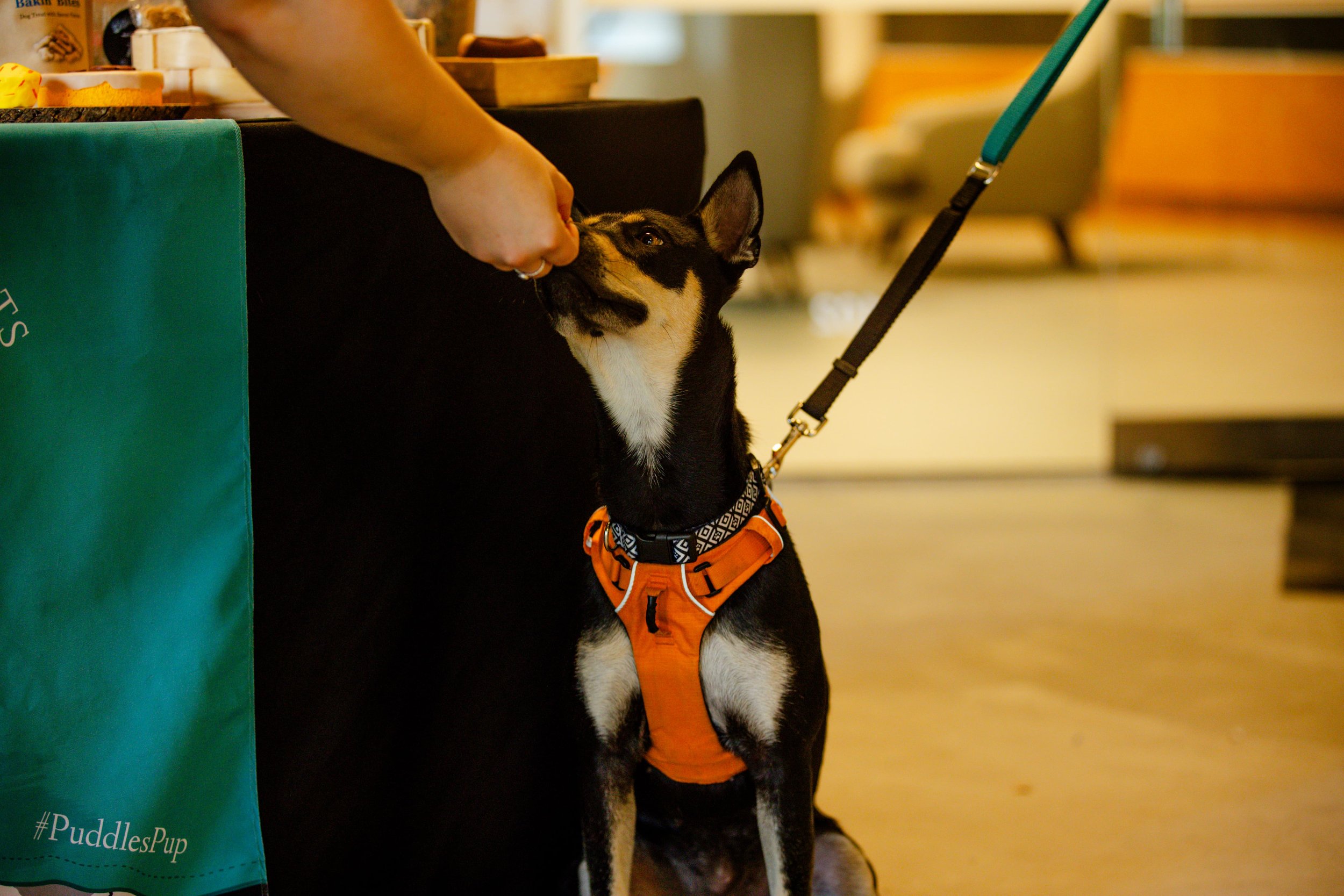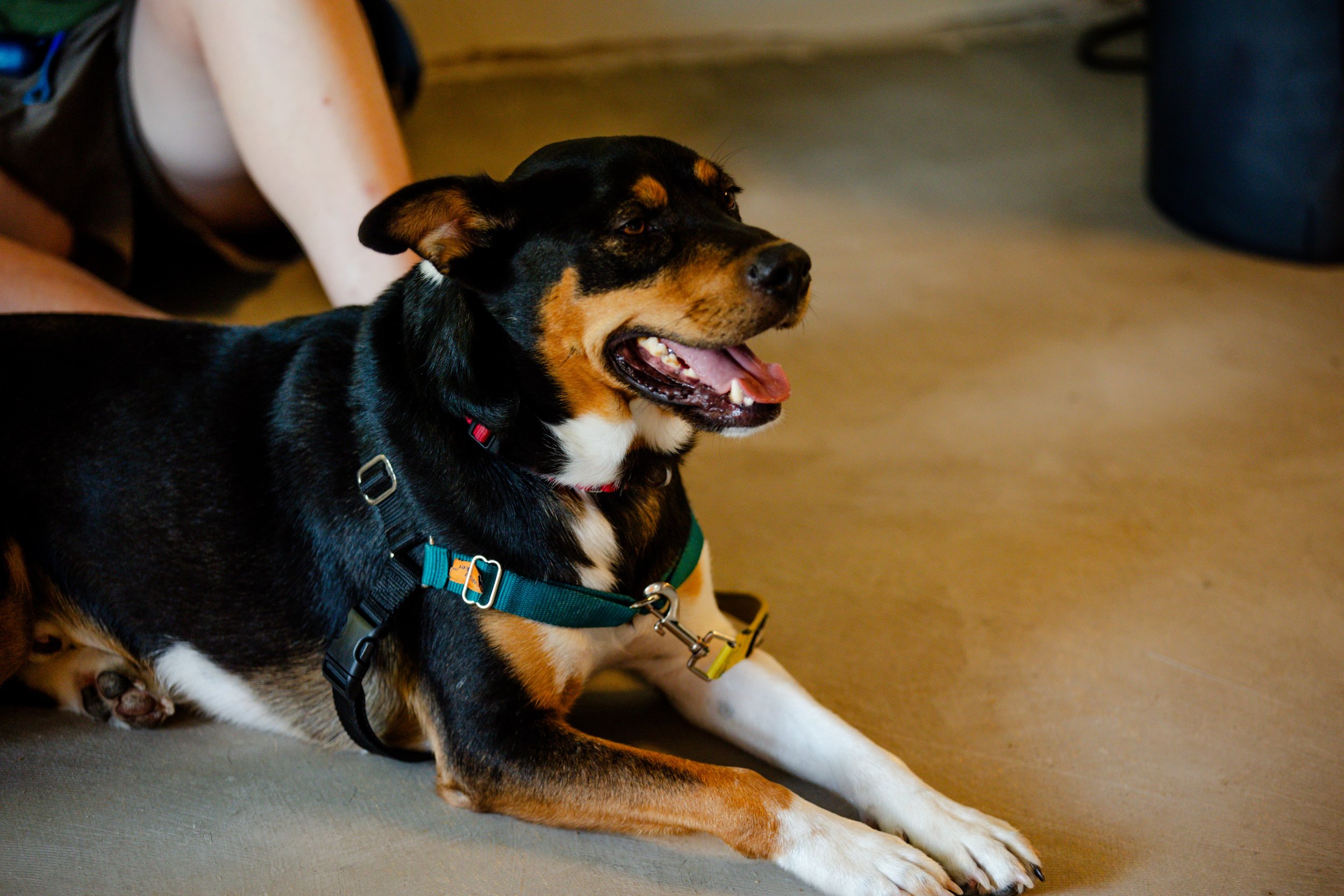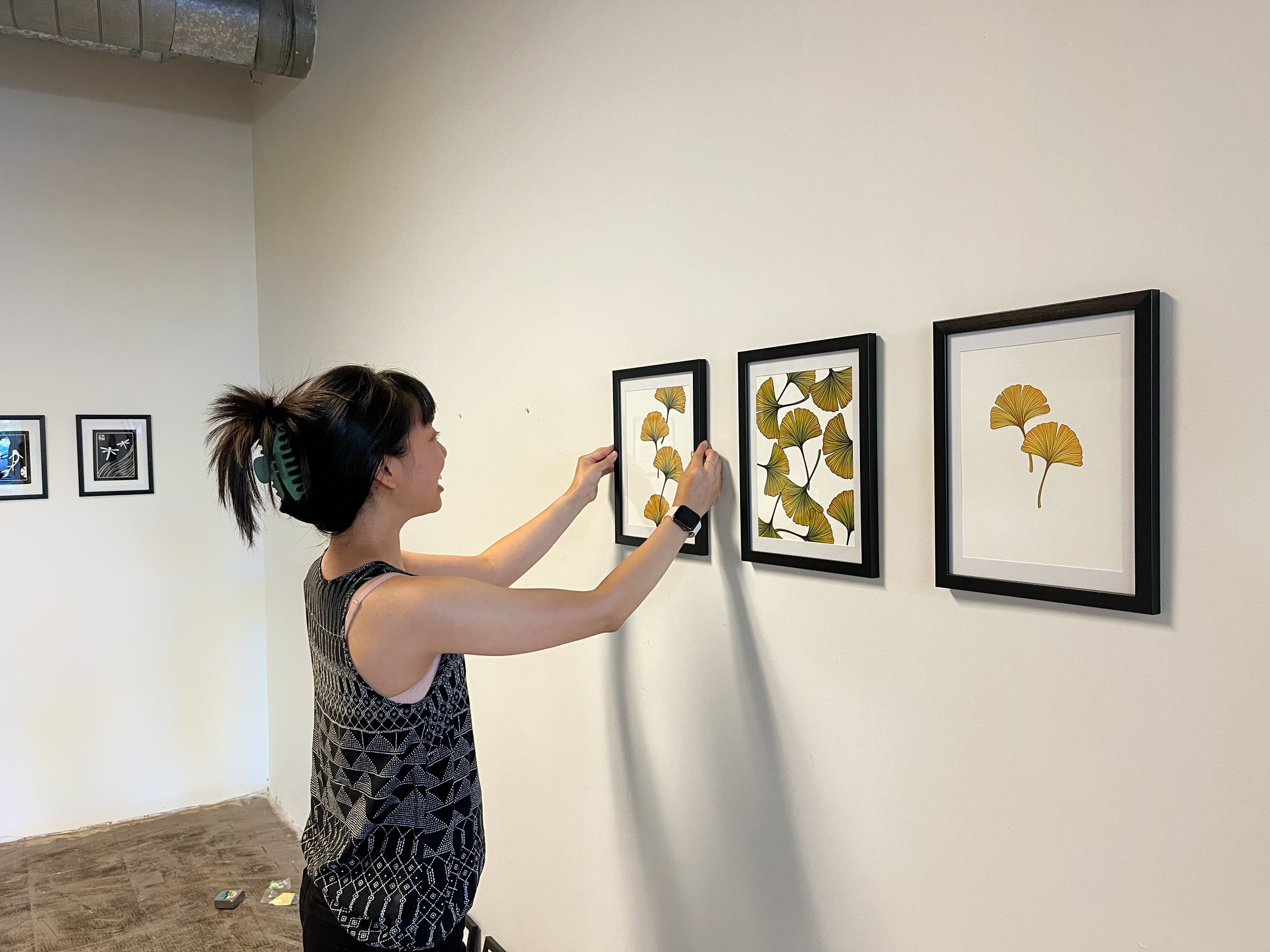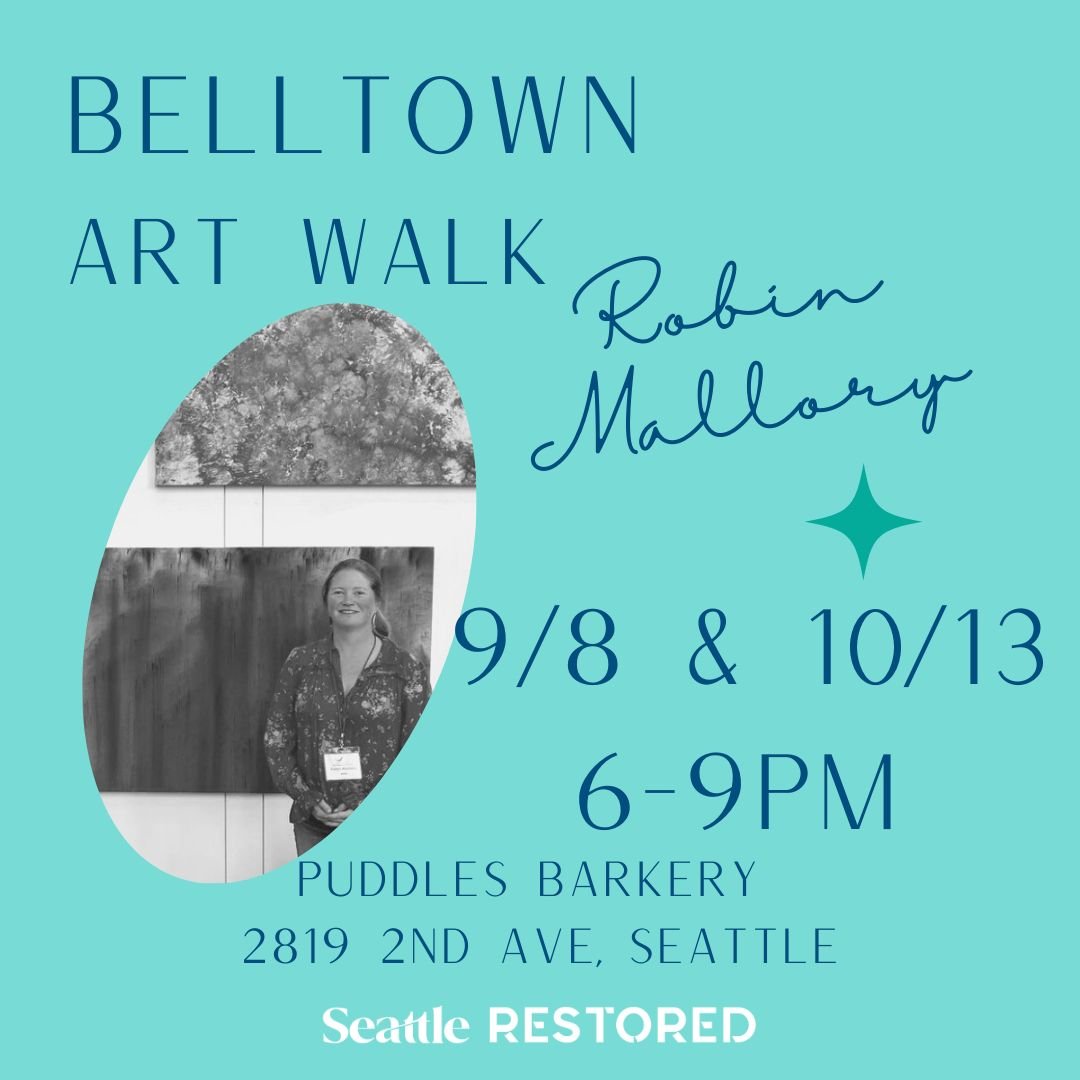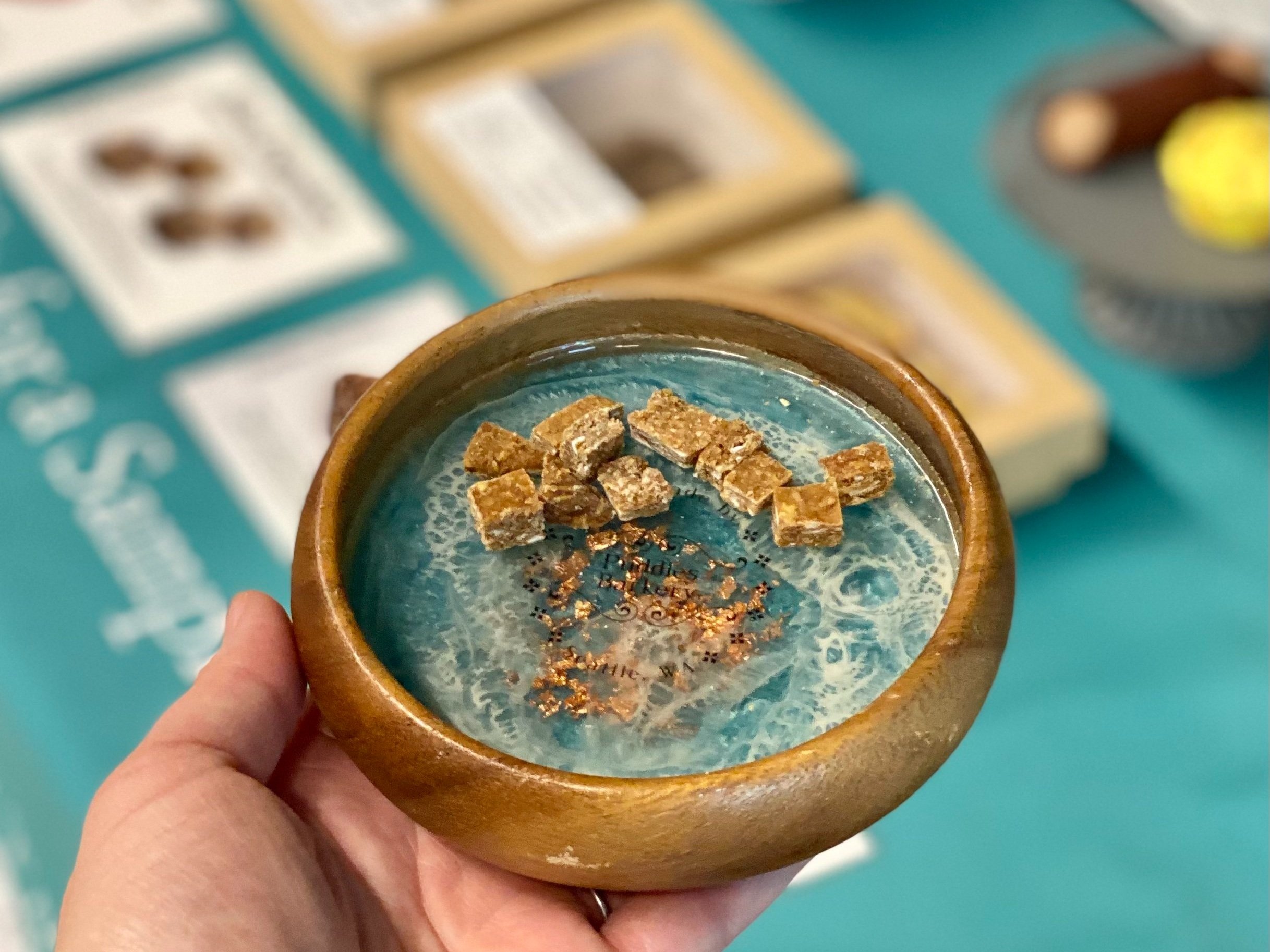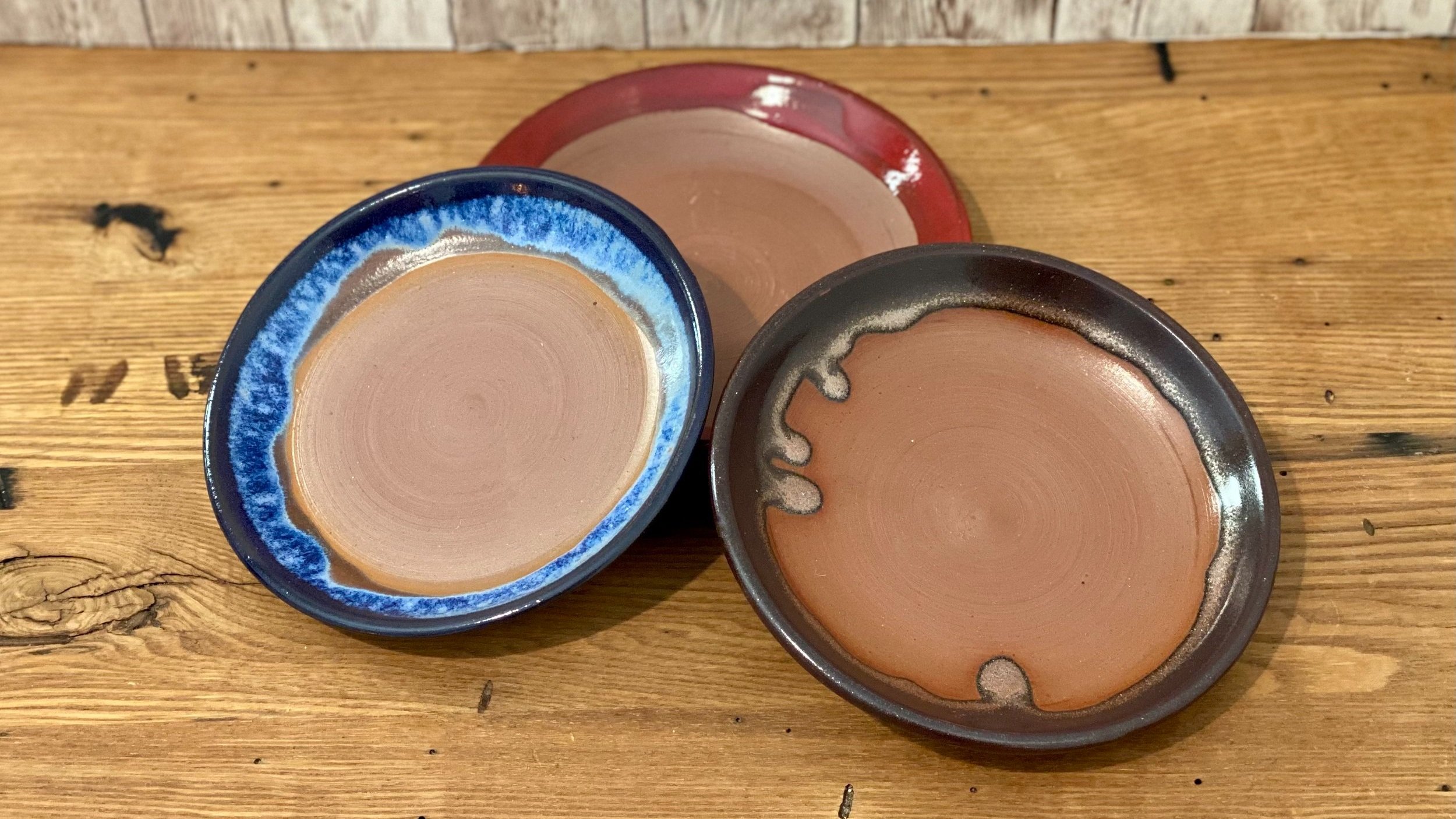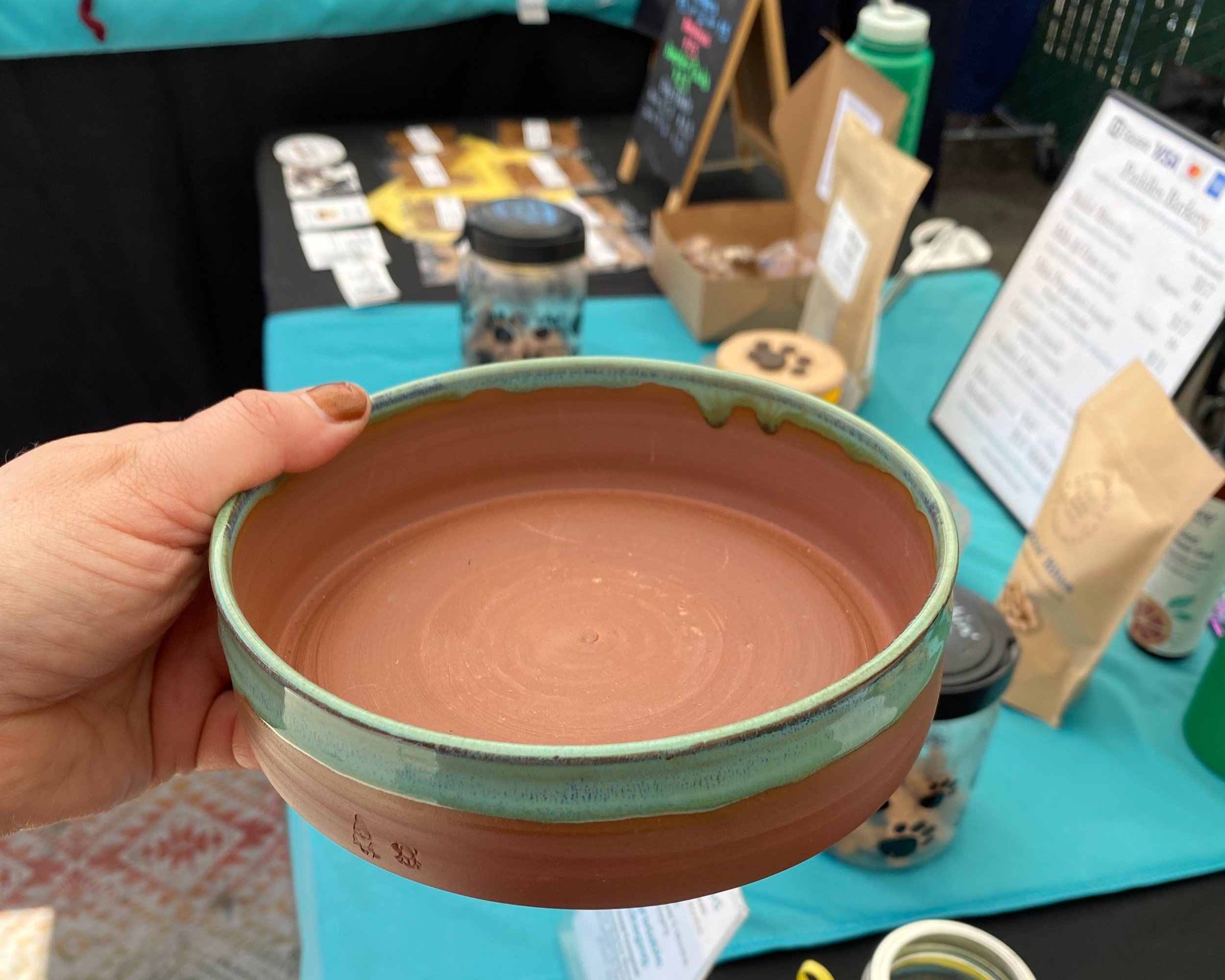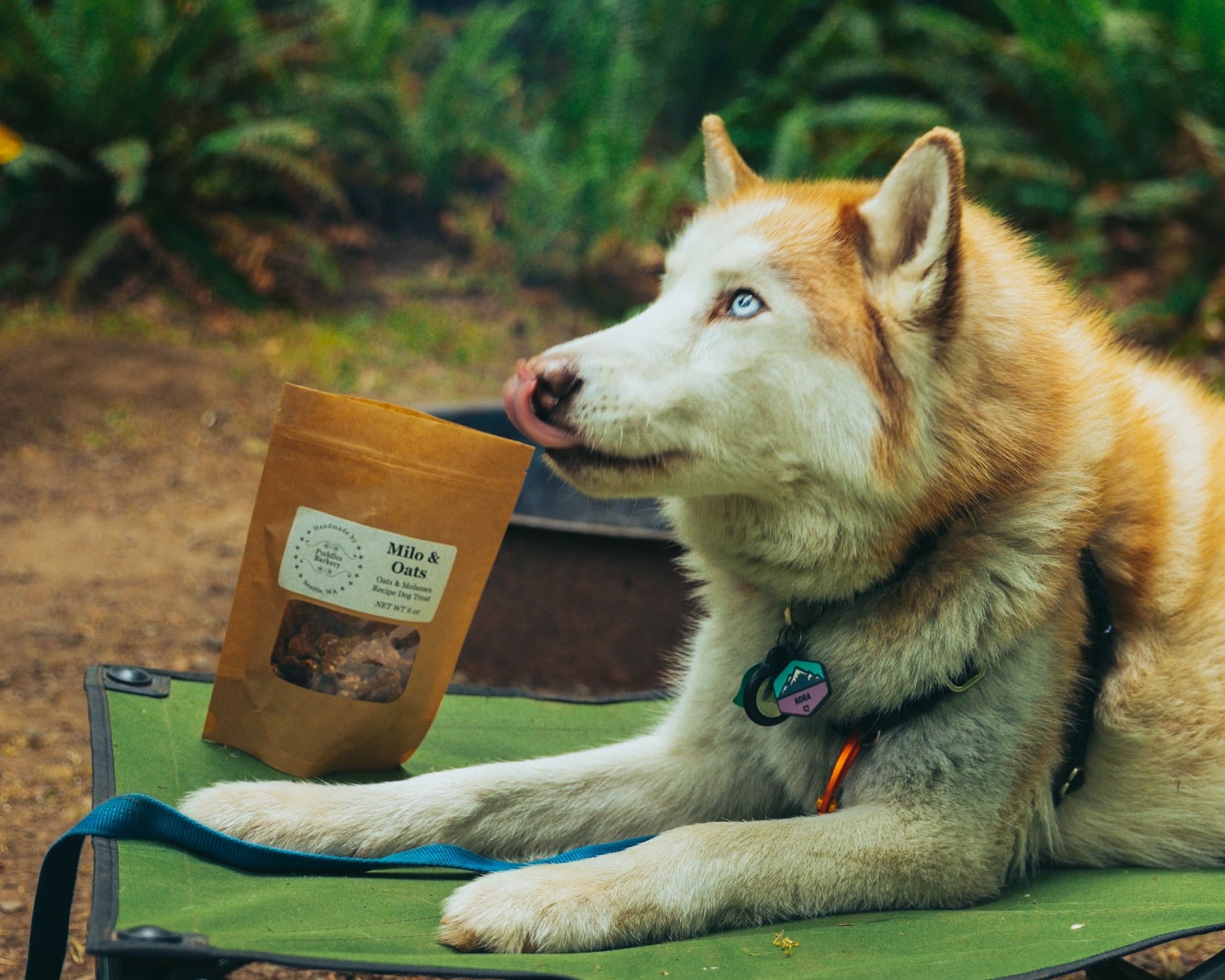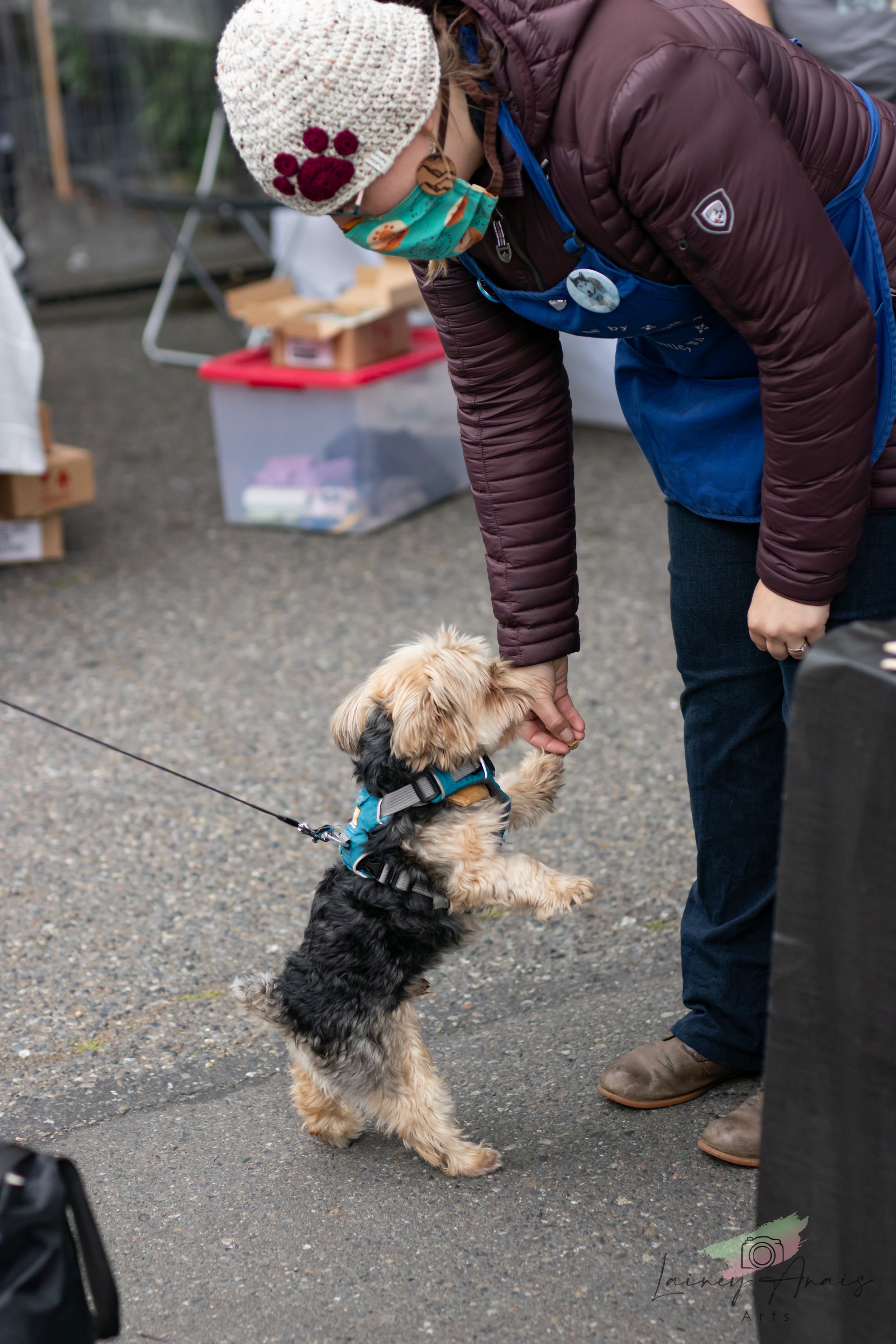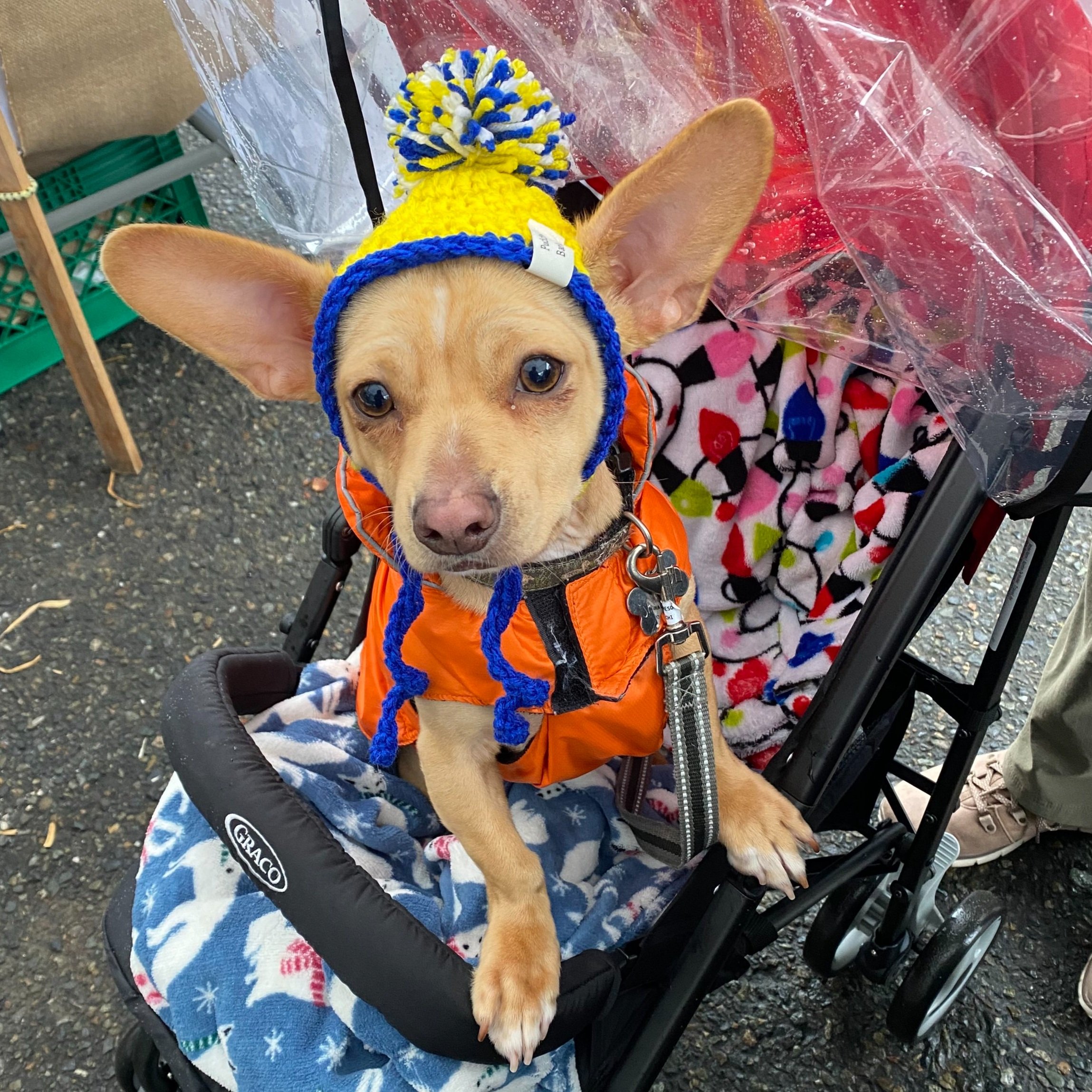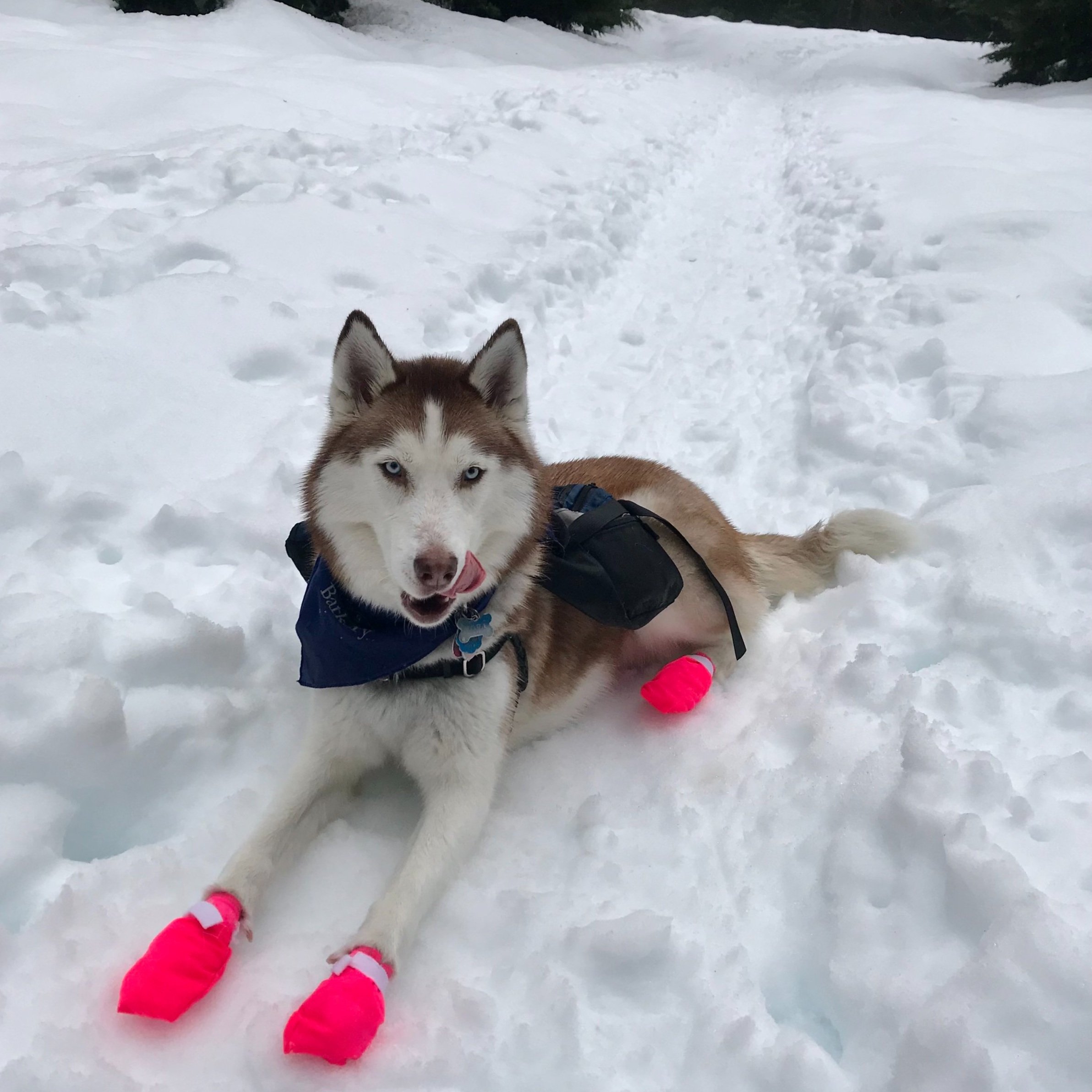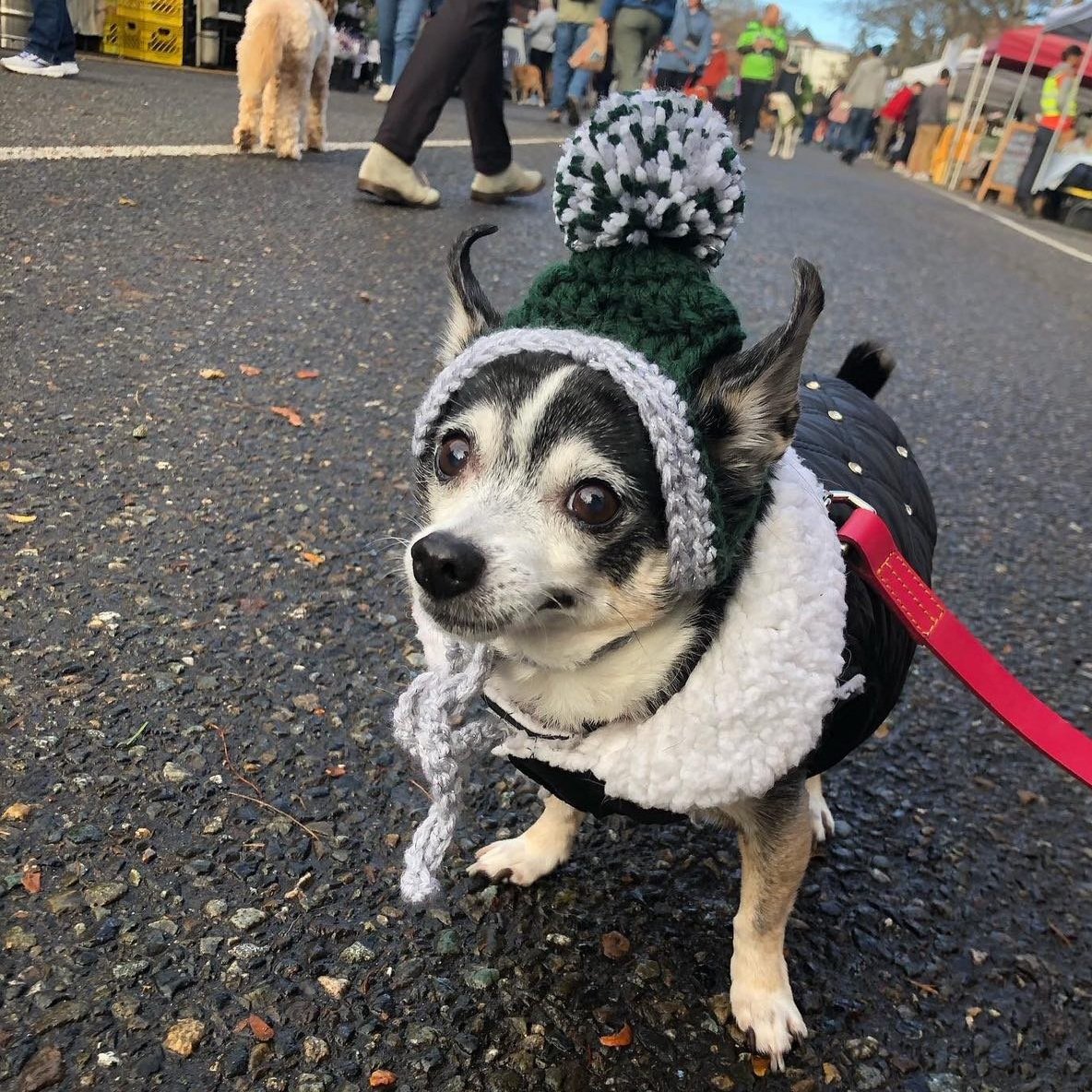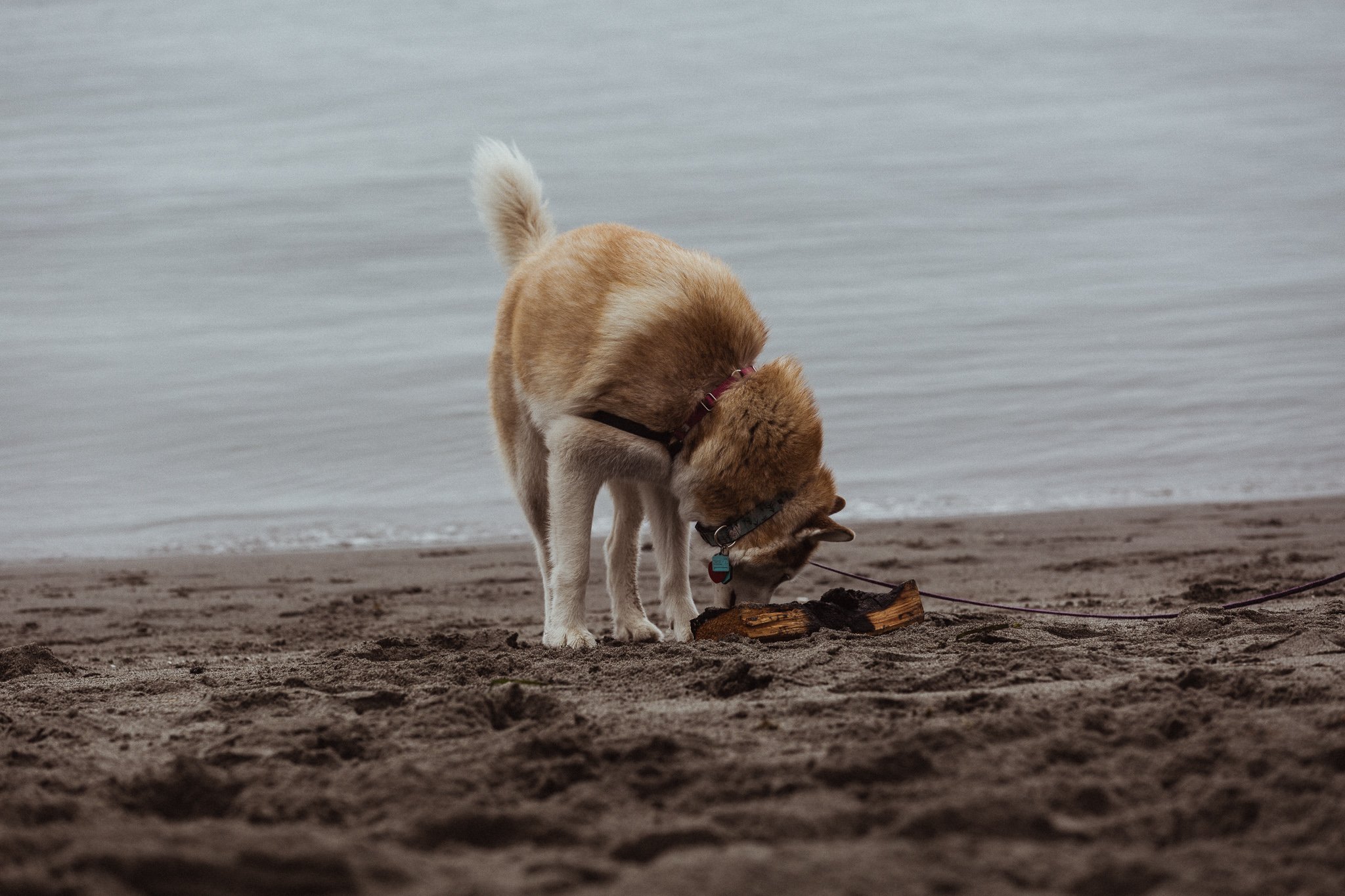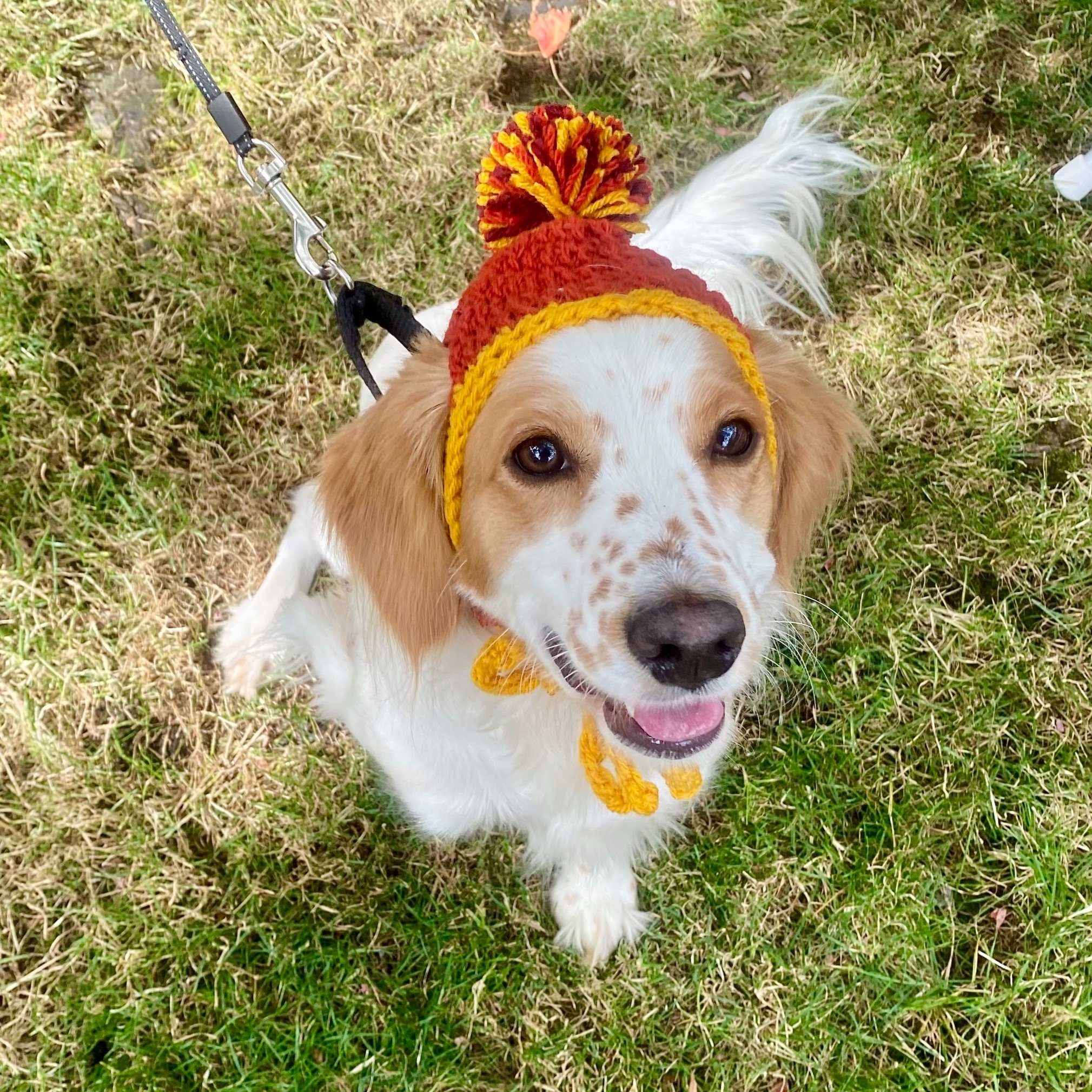Dogs and the outdoors just go together—especially if you live here in the Pacific Northwest where the trails are abundant and the sights are even better. But before you lace up your boots and grab your pup’s leash, read these tips to make the best of your time outdoors.
Can I take my dog hiking?
Not all dogs are born for long, strenuous hikes. So, consider your dog’s age and ability before setting out for a big adventure together.
Brachycephalic breeds, or flat-faced breeds like pugs and bulldogs, have short airways. This means they might have difficulty breathing and are more prone to overheating than some other breeds of pups. If your dog is a couch potato or in their senior years, they might enjoy a leisurely walk or need to work up to bigger hikes.
Etiquette to follow when hiking with your dog
Your dog will love the exciting new smells, sights, and sounds of the great outdoors. To make your time spent outdoors even better, the National Park Service says to follow the B.A.R.K rule:
Here’s how to make the best of your time outdoors while respecting other hikers.
Bag your pet’s waste.
Abandoned pet waste along the trail isn’t fun for anyone—it is a hazard to other pets, our waterways, and the critters in the forest. Before starting your hike, encourage potty time. Then, carry out waste bags during the hike, packing out any bags you fill.
Always leash your pet.
First, double-check that the trail allows pets. Then, read up on the posted leash laws. Some trails allow off-leash walking, but your dog should be properly recall trained, will readily heel, and always within sight. Even if your dog is friendly and properly trained, you may encounter less-social pups and other hikers that are not comfortable around dogs. When sharing the trail, leashing your pup is always the best practice.
Did you know that you could be sharing the trail with an adventure cat? Keeping your pup on a leash prioritizes safety and gives you control when encountering the unexpected—like a cat.
Respect the wildlife.
Keeping your dog on the trail prevents disturbing sensitive habitats and the plants and animals living there. Plus, it will prevent your dog from eating toxic plants, picking up a tick, or interacting with toxic snakes and spiders.
Know where you can go.
Typically, wildlife sanctuaries, refuges, or preserves are off-limits to pets. Before hitting the trail, review your area’s hiking, park, and ranger websites.
Outdoor Essentials for Hiking with Your Dog
You’ve got the rules down, now it is time to gather all the gear you and your pooch will need for your big day out.
Water. No matter the temperatures, fresh water is always a must. Puddles, rivers, and lakes may harbor harmful bacteria so come prepared with a collapsible bowl or doggy water bottle.
Harness, leash, and collar. A sturdy leash will keep you in control, protecting you, your pup, and others on the trail.
Poop bags. Don’t forget to pack out any waste!
All-weather gear. When you are getting dressed for the day, do not forget that your pup might need hot-weather gear like a cooling bandana or cold-weather gear like a doggy vest.
First-aid kit. Have all of the essentials to bandage your pup up until you can reach veterinary care.
Treats. All good boys and girls deserve a treat for a hike well done. These Bakin’ Bites are the perfect choice for a reward on and off the trail.
Did you know we ship throughout the U.S.? Try Puddles Barkery’s preservative-free treats made with real, healthy ingredients!


